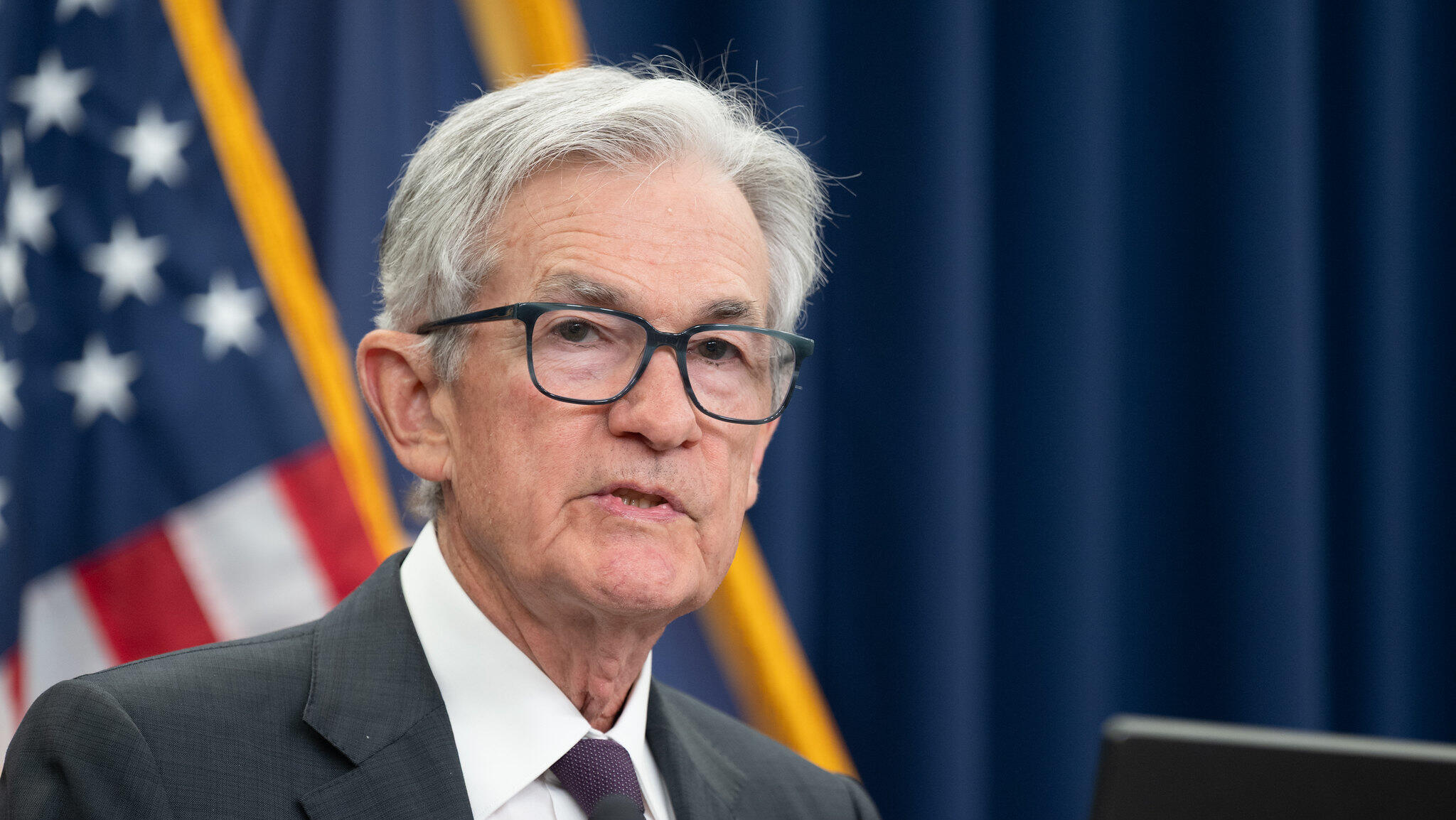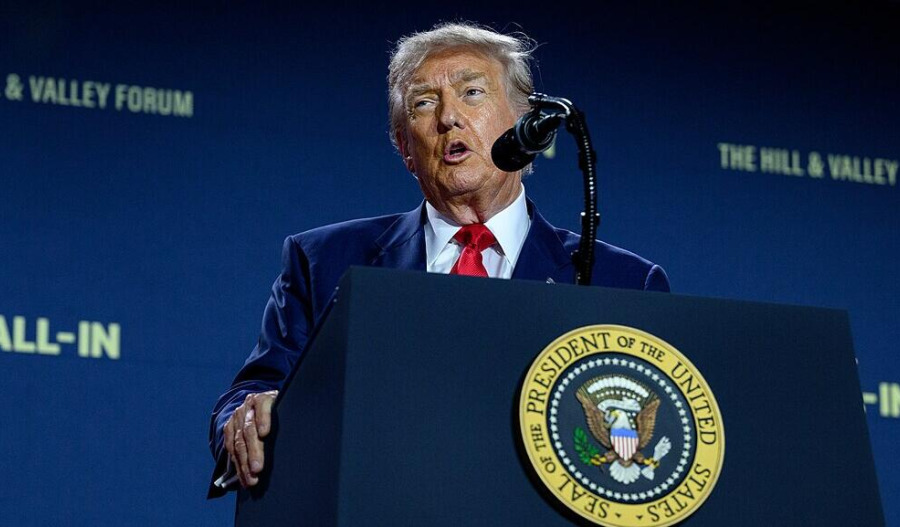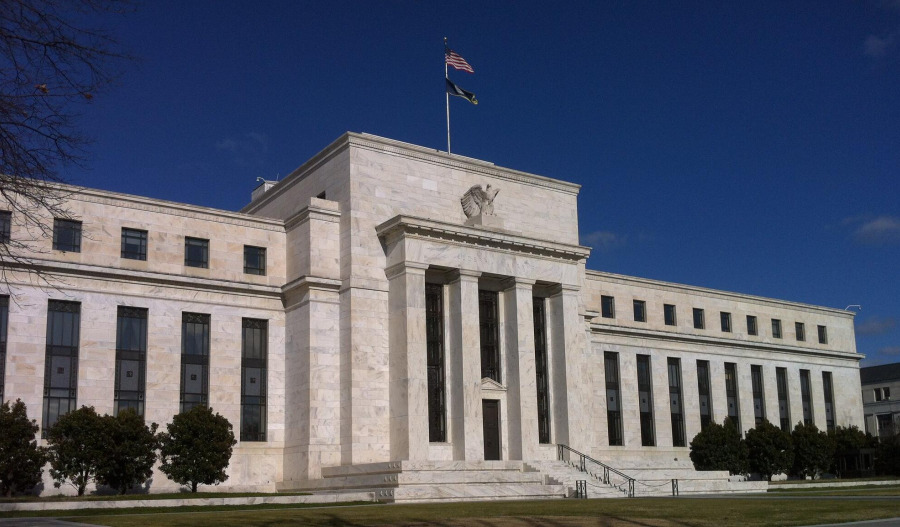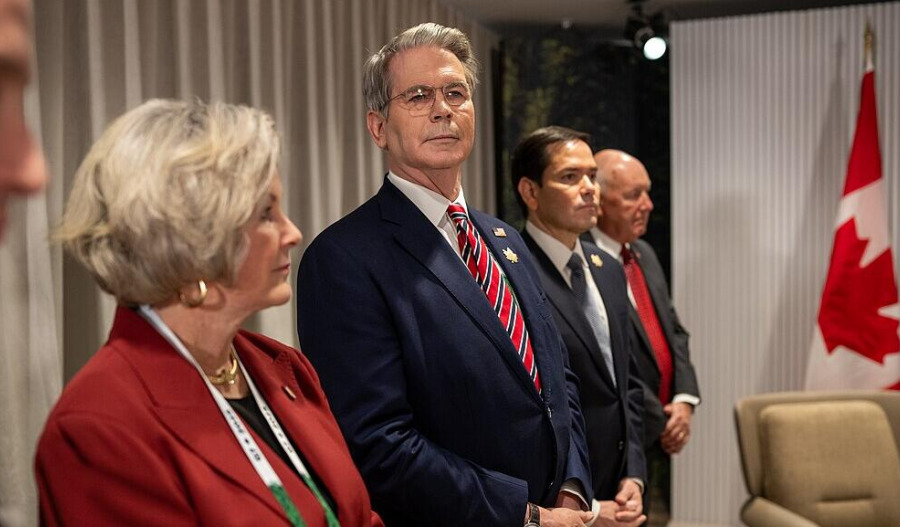The United States Federal Reserve opted to keep interest rates unchanged on Wednesday, despite mounting pressure from President Donald Trump and rare dissent from within its leadership.
The Federal Open Market Committee (FOMC) voted 9-2 to maintain the federal funds rate in a range between 4.25% and 4.5%. This marked the first time since 1993 that multiple governors formally dissented on a rate decision.
Governors Michelle Bowman and Christopher Waller opposed the move, having publicly urged the central bank to begin easing monetary policy amid signs that inflation is cooling and labour market conditions may be weakening.
President Trump has also called for aggressive action, pressing the Fed to slash the benchmark rate by as much as 3 percentage points to ease borrowing costs and stimulate sectors like housing.
Despite the pressure, Fed Chair Jerome Powell said during a news conference that no decision had been made regarding the September meeting. “We have made no decisions about September,” Powell stated. “We don’t do that in advance. We’ll be taking that information into consideration and all the other information we get as we make our decision.”
He noted that the Fed is monitoring the inflationary effects of recent tariff policy.
“Our obligation is to keep longer-term inflation expectations well anchored and to prevent a one-time increase in the price level from becoming an ongoing inflation problem,” Powell said.
Markets had largely anticipated the Fed’s decision to hold rates, but equities slipped after Powell declined to commit to a September cut.
According to the CME FedWatch Tool, the probability of a 25-basis-point reduction fell to 46.5%, from 64% prior to Powell’s remarks.
Trump’s dissatisfaction with the Fed’s stance has extended beyond policy. He has criticised Powell personally, calling him “Too Late”, and suggesting that mismanagement is behind cost overruns in the central bank’s building renovations.
Powell has rejected those claims, citing general cost inflation since the project’s inception.
Despite Trump’s criticism, Wednesday also brought data that may reinforce the Fed’s cautious approach. The Commerce Department reported a 3% annualised gross domestic product (GDP) increase in the second quarter, stronger than expected.
Much of the gains, however, stem from a reversal of import surges tied to Trump’s tariff policy.
Inflation, meanwhile, appeared to cool. The Fed’s preferred gauge showed overall inflation at 2.1%, with core inflation at 2.5% — both measures easing from earlier in the year and nearing the Fed’s 2% target.
The Fed’s next major gathering will be its annual Jackson Hole retreat in late August, where Chair Powell is expected to deliver a key policy address.



